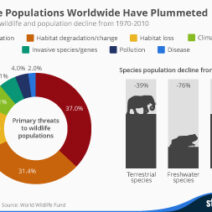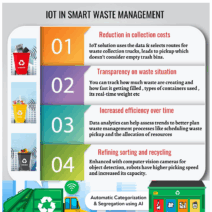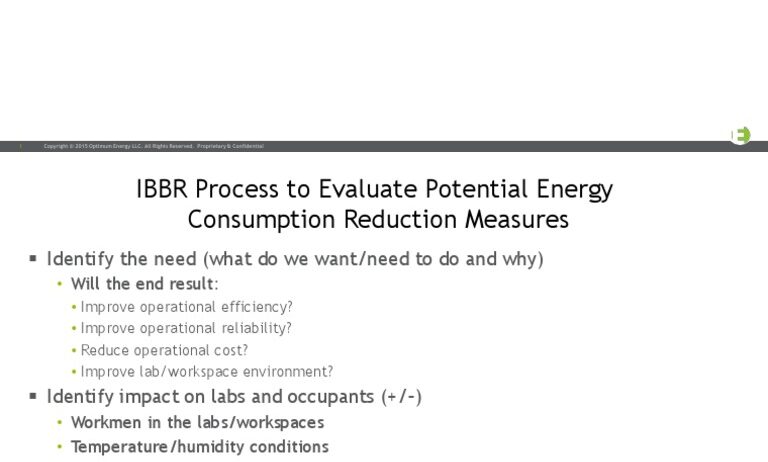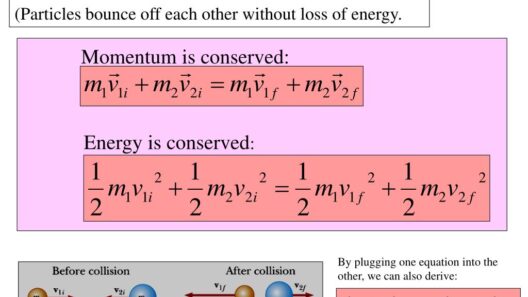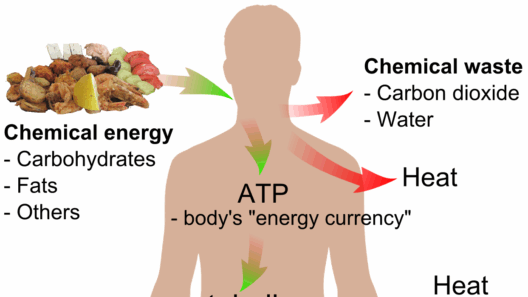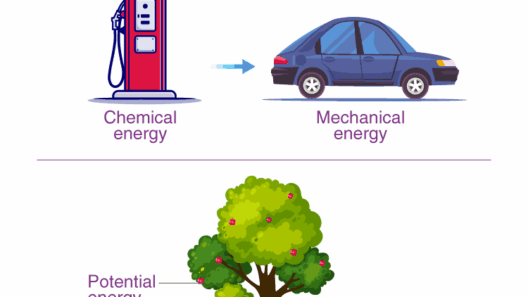Energy conservation has emerged as a crucial topic within the realms of biological and chemical processes, particularly as humankind grapples with the existential threat posed by climate change. The intricacies of how energy is utilized and conserved in these fundamental processes reveal not just the underlying mechanics of life but also the potential pathways to a more sustainable future.
Biological processes, from photosynthesis in plants to cellular respiration in animals, serve as exemplary models of energy conservation. Photosynthesis illustrates a remarkable efficiency in capturing solar energy, converting it into chemical energy stored in glucose molecules. The basic equation involves light, carbon dioxide, and water, producing oxygen and glucose. This process, while seemingly straightforward, showcases intricate biochemical pathways like the Calvin cycle, which further optimize energy usage. This metabolic adaptation underscores an evolutionary entrenchment where energy conservation is paramount for survival.
In the realm of chemical processes, numerous reactions require energy input, and understanding the dynamics of these reactions can significantly influence energy conservation strategies. Exothermic reactions, for instance, release energy, making them inherently more favorable for energy conservation. Conversely, endothermic reactions demand energy input, often requiring innovative strategies to harness nearby energy sources efficiently. Both biological and chemical processes can benefit from optimizing these reaction pathways, enhancing yield while minimizing waste.
Transitioning to the intricacies of enzyme kinetics elucidates another fascinating dimension of energy conservation. Enzymes act as catalysts, lowering the activation energy required for chemical reactions. This not only accelerates metabolic processes in living organisms but also allows for energy savings by reducing the amount of energy needed to initiate reactions. The efficiency of enzymes serves as a model for biotechnology applications aimed at developing sustainable industrial processes. The potential to engineer enzymes for specific reactions can lead to notable reductions in energy consumption across various sectors, from pharmaceuticals to agriculture.
The interplay of thermodynamics further underscores the significance of energy conservation. The first law of thermodynamics stipulates that energy cannot be created or destroyed; it can only change forms. In biological systems, this principle manifests in the conversion of nutrients into usable energy forms. However, the inherent inefficiencies in these conversions highlight the importance of optimizing processes to recover as much energy as possible. This principle is equally applicable in chemical processes, where understanding enthalpy and entropy can lead to the design of more efficient reaction conditions.
Moreover, the synthesis of biofuels epitomizes the intersection of biology and chemistry, revealing innovative pathways toward energy conservation. By leveraging organic materials and waste products, biofuels provide a renewable alternative to fossil fuels. The biochemical processes involved in converting biomass—through anaerobic digestion or fermentation, for example—illustrate the potential for energy conservation embedded in natural processes. The challenge lies in optimizing these methods to ensure they offer a net positive energy return while minimizing environmental impact.
In addition, the relationship between energy conservation and waste management cannot be overstated. By redirecting waste products from various biological and chemical processes into productive uses, industries can significantly decrease their energy demands. For example, anaerobic digestion not only mitigates waste disposal issues but also produces biogas, a valuable energy source. This circular economy model emphasizes a broader understanding of energy conservation as not merely a reduction in consumption but as an efficient utilization of available resources.
Additionally, the impact of climate change on energy conservation in biological and chemical processes is a critical area of exploration. As global temperatures rise and climatic conditions fluctuate, the efficiency of these processes may be compromised. For instance, higher temperatures can alter enzyme function, affecting metabolic rates in organisms and potentially leading to diminished energy efficiency. Similarly, chemical reaction rates can be influenced by environmental changes, necessitating adaptive strategies to maintain energy conservation in industrial applications.
Technological advancements play a pivotal role in enhancing energy conservation in both biological and chemical processes. Innovations such as synthetic biology allow for the manipulation of genetic pathways in organisms to increase the efficiency of energy conversion. Additionally, the integration of artificial intelligence and machine learning can optimize reaction conditions in real-time, facilitating more efficient industrial processes. This technological convergence highlights the potential for interdisciplinary approaches in addressing energy conservation challenges.
Furthermore, education and awareness campaigns are vital in driving change towards energy conservation practices in research and industry. By fostering a culture of sustainability, researchers and industry professionals can prioritize energy-efficient methods. This can lead to collective action, significantly impacting energy usage across sectors. Awareness can also spur policy changes that incentivize energy conservation practices, further embedding these principles into the fabric of societal operations.
Ultimately, the quest for energy conservation in biological and chemical processes illustrates a multifaceted approach to sustainability. By understanding and optimizing the natural mechanisms by which energy is conserved and utilized, society can forge pathways towards reducing greenhouse gas emissions and mitigating climate change. Each advancement in this domain opens new avenues for innovation and underscores the interconnectedness of natural processes with human endeavors. As we deepen our understanding of these processes, the opportunity for creating an energy-efficient future becomes more tangible.
